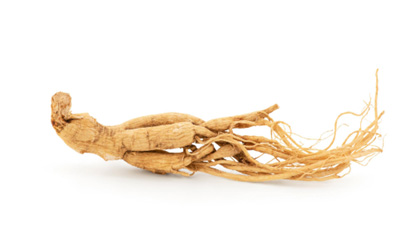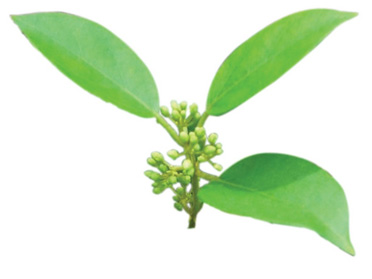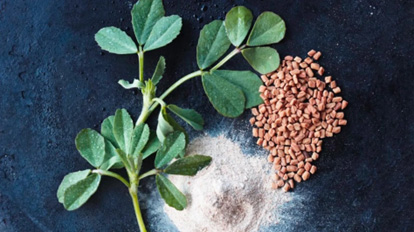The pandemic surge in the number of new cases of diabetes is one of the most concerning health statistics on a global scale. The main issue with this observation is the emergence of chronic problems linked with the illness. Diabetes consequences include retinopathy, cardiovascular disease (CVD), and peripheral vascular disease (PVD)
Despite the historical use of botanicals to treat diabetes and associated symptoms, a lack of understanding regarding the specific mechanism(s) of action has hindered medical practitioners from adopting natural medicine.
Insulin resistance is a significant abnormality in type 2 diabetes. Insulin resistance has been demonstrated in prediabetes, and at this stage of diabetes’ natural history, insulin secretion is reported to be enhanced to compensate for insulin resistance. Because of the adjustment, glucose levels remain at or near normal.
However, when insulin secretory function begins to diminish, complete insulin resistance compensation is not observed. Given the importance of insulin resistance in diabetes, enhancing insulin sensitivity is one of the most desirable therapeutic goals for people with type 2 diabetes. As a result, herbal supplements have been offered as an appealing way to improve insulin sensitivity.
- Panax Ginseng

Ginseng is a well-known herb that has been used to treat diabetes. A review of randomised controlled trials including ginseng extracts found inadequate data to indicate effectiveness for lipid or diabetic purposes. Buettner et al. (2006) compiled a thorough database analysis of published research on the effectiveness of ginseng for cardiovascular risk variables such as blood pressure, lipid profiles, and blood glucose. The total research found that ginseng reduced blood pressure marginally when compared to placebo, however, the results for lipids were inconsistent. Furthermore, they discovered multiple papers demonstrating that ginseng decreases blood glucose levels, but they concluded that the findings were inconsistent (Buettner et al. 2006).
- Bitter Melon

Bitter melon is a traditional Asian plant that has been offered as a popular botanical for the treatment of diabetes and diabetes-related problems. The bioactive polypeptide-p has been discovered to have a structure comparable to insulin found in animals and, as such, is thought to have glucose-lowering properties. Bitter melon fruit includes cucurbitane-type triterpenoids, steroidal saponins known as “charantins,” insulinlike peptides, and alkaloids, all of which are thought to affect glucose metabolism.
- Gymnema Sylvestre

Gymnema Sylvestre, also known as gurmar, is native to Africa, the Middle East, and India, and it has a long history of usage in the treatment of diabetes. The most frequent preparation of the plant is said to be gymnema leaf extract. Potential anti-diabetic substances include oleanane triterpenoid saponins (i.e., gymnemic acids), dammarane saponins known as gymnemosides, and gurmarin, a polypeptide. Animal models have been extensively studied. The impact of Gymnema Sylvestre extract on carbohydrate metabolism is thought to be secondary to improved glucose absorption in peripheral tissues and increased insulin production and cell number in the pancreas. However, there has been a scarcity of definite clinical research that would allow precise guidance on efficacy and safety to be provided.
- Fenugreek

Fenugreek has a long and illustrious medical history, and it has been used to treat diabetes all over the world. Fenugreek, in particular, is defined as a leguminous plant grown in India and North Africa. The seeds are used as a culinary component and spice and are said to be high in protein and fibre. In both animal and human research, fenugreek has been shown to have hypoglycemic and hypocholesterolemic effects. Fenugreek’s therapeutic effects, notably its hypoglycemic effects, may be related to its fibre content, which may impact stomach emptying and result in a drop in postprandial blood glucose levels. Many more beneficial chemicals have been identified, including the alkaloid trigonel-line and steroidal saponins.